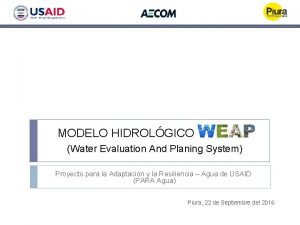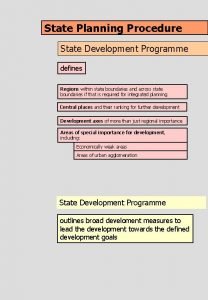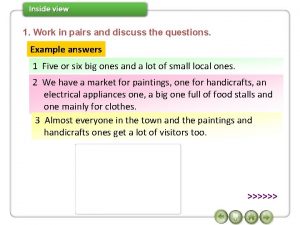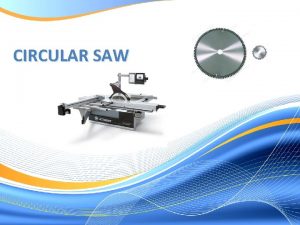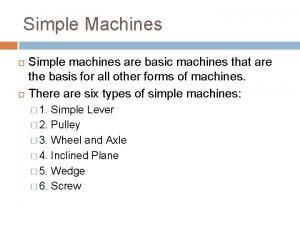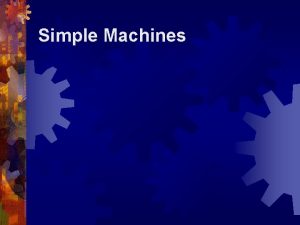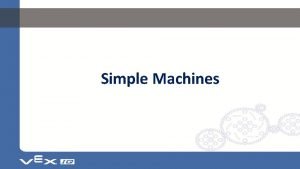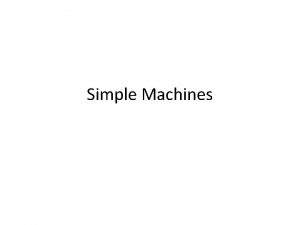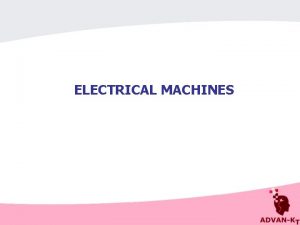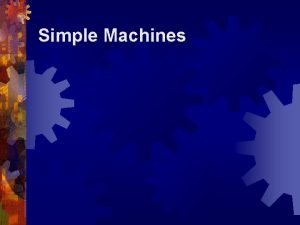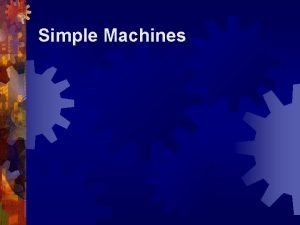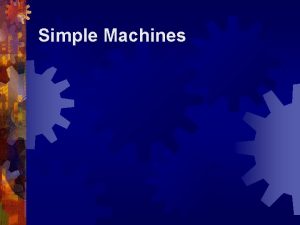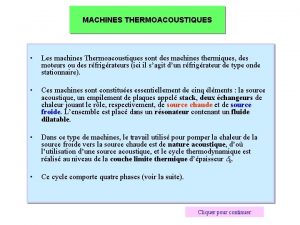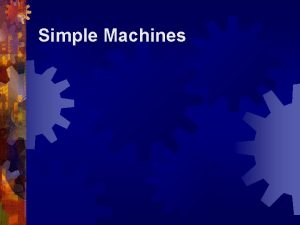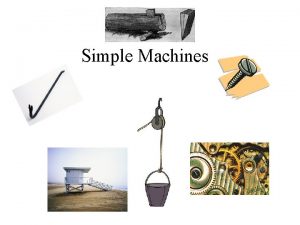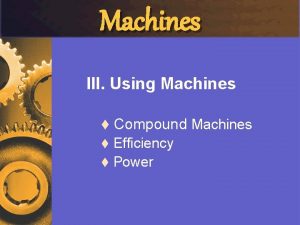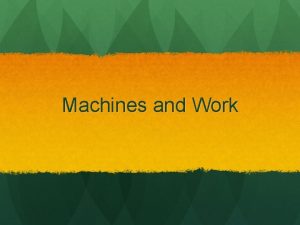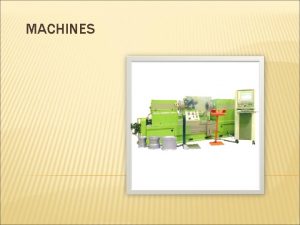PLANING MACHINES Throughout this lecture the following topics
























- Slides: 24

PLANING MACHINES

Ø Throughout this lecture the following topics will be covered: o Types of Planers o Tooling o Planer Set-up o Guarding o Timber Positioning o Planer Braking o Safe Working Practice o Principles of Wood Machining Jennifer Byrne 2020 2

Ø The objective of this lesson is to giving the student a practical guide to the safe use of a Planing Machine, but is not intended as a legal interpretation of the legislation. Ø The information for this lesson is drawn from the Irish Factories (Woodworking Machinery) Regulations 1972, the UK’s Health & Safety Executive (HSE) Safe use of hand-fed planing machines information sheet and the PUWER Regulations. Ø On the 1 st of July 2016 the SAFETY, HEALTH AND WELFARE AT WORK (GENERAL APPLICATION) (AMENDMENT) REGULATION 2016 (S. I. No. 36 of 2016) came into effect. Click Here Jennifer Byrne 2020 3

Ø “Planing machine" means a machine for surfacing or for thicknessing or a combined machine for both those operations (in these Regulations referred to as a combined machine) but does not include a multi-cutter moulding machine having two or more cutter spindles; “Irish Factories (Woodworking Machinery) Regulations 1972” Jennifer Byrne 2020 4

Ø A hand-fed planing machine is used for flat surfaces and straight edges by passing the work piece horizontal cutter head. The depth of the cut is achieved by adjusting the infeed table. Ø With space and cost being a concern for small workshops, this machines can be purchased as a combined “planer/thicknesser”. Ø Planing and thicknessing are essential machine functions in the preparation of timber sections for almost every woodworking project. Jennifer Byrne 2020 making on timber over a 5

Controls 6. 1 6. 2 6. 3 6. 4 6. 5 6. 6 6. 7 Starting switch Infeed table vertical adjustment Outfeed table vertical adjustment Fence canting lock Fence traverse lock Infeed table adjustment scale Safety devices 7. 1 Bridge Guard 7. 2 Cutter Bock rear guard Jennifer Byrne 2020 6

Ø Only cylindrical (or ‘round form’) cutter blocks should be used on handfed planing machines. Ø PUWER 98: “There are two types of limited cutter projection. ILLEGAL TOOLING tooling, “round form” and “non-round form”. On round form tools as the name suggests, the tool body has a circular shape at any cross-section perpendicular to the rotational axis of the tool. On this type of tool, limited cutter projection should be achieved by restricting the projection of the cutter beyond the round profile of the tool body by a max of 3 mm”. Ø Regulation 23. “Every planing machine for surfacing shall be fitted with a cylindrical cutter block” Jennifer Byrne 2020 3 mm max Factories (Woodworking Machinery) Regulations 1972 7

Ø The clearance distance between the cutting circle and the lips of the infeed and outfeed tables should be as small as practicable, generally 3 mm ± 2 mm, on some planers the lips are slotted for the purpose of noise reduction. Ø The outfeed table height should never be below the cutting circle diameter. Health & Safety Executive (HSE) Safe Use Of Hand-fed Planing Machines Jennifer Byrne 2020 8

Ø Every planing machine for surfacing shall be designed and constructed so as to be capable of adjustment whereby— o (a) the clearances between the cutters and the front edge of the delivery table and o (b) the gap between the feed table and the delivery table, are as small as practicable, having regard to the operation being performed, and a planing machine which is not so adjusted shall not be used for surfacing. Factories (Woodworking Machinery) Regulations 1972 Jennifer Byrne 2020 9

Ø The outfeed table height must be set exactly level with the top of the cutting circle: setting the table lower will result in a dip at the end of the workpiece. Ø If the outfeed table is set too high the workpiece will be unable to pass over the cutter-block, Ø If the outfeed table is fractionally high, the workpiece will start to rise up Jennifer Byrne 2020 10

Ø The setting of guards, in conjunction with correct operating techniques, is very important if accidents at planing machines are to be prevented. Ø The bridge guard should be strong, readily adjustable, as wide as the cutter block and capable of being lowered to touch the table. Regulation 27 Ø A telescopic guard is best since it does not project unduly beyond the front of the machine. Ø A guard fixed to the back of the fence should cover the cutters behind the fence. Regulation 27 Jennifer Byrne 2020 11

Ø Part (1) “Subject to Regulation 8 of these Regulations, every planing machine for surfacing shall be provided with a bridge guard which shall be strong and rigid, have a length not less than the full length of the cutter block and a width not less than the diameter of the cutter block and be constructed so as to be capable of easy adjustment in both a vertical and horizontal direction”. Factories (Woodworking Machinery) Regulations 1972 Jennifer Byrne 2020 12

Ø Part (2) “Subject as aforesaid, every bridge guard, in addition to complying with the requirements of paragraph (1) of this regulation, shall be mounted on the machine in a position which is approximately central over the axis of the cutter block and shall be constructed so as to prevent its being accidentally displaced from that position”. Factories (Woodworking Machinery) Regulations 1972 Jennifer Byrne 2020 13

Ø Part (3) “In the case of planing machines manufactured before the date of the coming into operation of these Regulations, the requirements of this regulation shall not apply to them until twelve months after the said date, and pending the expiration of the said period such machines for surfacing shall be provided with a bridge guard capable of covering the full length and breadth of the cutting slot in the bench and be constructed so as to be easily adjusted in both a vertical and horizontal direction”. Factories (Woodworking Machinery) Regulations 1972 Jennifer Byrne 2020 14

Ø It is important to position your hands correctly on the workpiece when machining. When flatting, the workpiece should be fed by pressure with the right hand, the left hand holding it down initially on the infeed table. Ø As soon as there is enough timber on the outfeed table, the left hand can pass safely OVER the bridge guard to apply pressure on the outfeed table and will be followed by the right hand to complete the feeding operation. It is not necessary to exert feeding pressure directly over the cutter block. Health & Safety Executive (HSE) Safe Use Of Hand-fed Planing Machines Jennifer Byrne 2020 15

Ø When edging, your hands should not pass over the cutter while they are in contact with the timber. Ø Their main function is to exert horizontal pressure on the workpiece to maintain it square to the fence. Jennifer Byrne 2020 16

Ø Part (1) Where a planing machine is being used for surfacing, subject to Regulation 28 of these Regulations, the following provisions shall apply ; o (a) all practicable steps shall be taken to ensure that the bridge guard provided in pursuance of Regulation 25 of these Regulations is kept properly adjusted, so as to avoid injury to persons employed, o (b) subject to subparagraph (d) of this paragraph, where the machine is being used to machine a face surface of squared stock the bridge guard shall be kept adjusted so that, o (i) the distance between the end of the guard and the fence does not exceed 10 millimetres, and o (ii) the underside of the guard is not more than 10 millimetres above the upper surface of the material. Factories (Woodworking Machinery) Regulations 1972 Jennifer Byrne 2020 17

Ø The fitting of braking will improve safety on woodworking machines, especially those that are hand-fed. Occasionally workers approach the tools either forgetting or being unaware that the machine is still running down. Accidents can also result from a stroboscopic effect of light on the tools, leading workers to believe that they have come to rest when they have not. Ø All un-braked machines should now have been fitted with a brake, unless the rundown time is less than 10 seconds PUWER 98: Retrofitting of braking to woodworking machines Jennifer Byrne 2020 18

Ø The main ways of providing braking are to: o Replace the existing un-braked motor with a braked motor; o Fit a direct current (DC) injection braking device to the existing un-braked motor; o Fit a power-operated mechanical brake; o Fit a manual or foot-operated brake. HSA: PUWER 98: Retrofitting of braking to woodworking machines Jennifer Byrne 2020 19

Ø The cutter blocks in a surface planer usually has 2, 3, 4 or more cutters (or knives) Ø As the wood is fed over the rotating cutter block a series of small arcs are created. The size of these arcs is determined by a number of factors and for the most part cannot be seen by the naked eye. Jennifer Byrne 2020 20

Ø The factors that combine to create a flat surface are; o The number of knives in the block o The speed of the block (rpm) o The feed speed o The geometry of the cutter block o The species of wood (density, hardness, etc. ) Jennifer Byrne 2020 21

Conventional “knife clamping” in the cutter block Tersa block Ø Knife change in seconds - requires no technical skills - just set it and forget it! Ø Knives clamped by centrifugal force and gib wedges - no screws Ø No knife adjustment needed, maintains constant cutting circle Ø Reversible knives in chrome steel, HSS, M 42 and solid carbide Jennifer Byrne 2020 22

https: //youtu. be/w 6 Is. Eo. LJza. A Jennifer Byrne 2020 23

Ø IRISH FACTORIES (WOODWORKING MACHINERY) REGULATIONS 1972 o http: //www. irishstatutebook. ie/1972/en/si/0203. html#zzsi 203 y 1 972 a 16 Ø UK’s Health & Safety Executive (HSE) Safe use of hand-fed planing machines information sheet o http: //www. hse. gov. uk/pubns/wis 17. pdf Ø PUWER 1998, Provision and Use of Work Equipment Regulations 1998: o http: //www. hse. gov. uk/pubns/books/puwer. htm Ø On the 1 st of July 2016 the SAFETY, HEALTH AND WELFARE AT WORK (GENERAL APPLICATION) (AMENDMENT) REGULATION 2016 (S. I. No. 36 of 2016) came into effect. Click Here Jennifer Byrne 2020 24
 Hack plaining
Hack plaining Microplan meaning
Microplan meaning Ce 331
Ce 331 Hack planing
Hack planing Classification of periodontal instruments
Classification of periodontal instruments Micro planning কী
Micro planning কী Water planing
Water planing Transportation planing
Transportation planing State planning
State planning 01:640:244 lecture notes - lecture 15: plat, idah, farad
01:640:244 lecture notes - lecture 15: plat, idah, farad Work in pairs. discuss the following questions
Work in pairs. discuss the following questions Sự nuôi và dạy con của hổ
Sự nuôi và dạy con của hổ điện thế nghỉ
điện thế nghỉ Thế nào là sự mỏi cơ
Thế nào là sự mỏi cơ Một số thể thơ truyền thống
Một số thể thơ truyền thống Trời xanh đây là của chúng ta thể thơ
Trời xanh đây là của chúng ta thể thơ Voi kéo gỗ như thế nào
Voi kéo gỗ như thế nào Thiếu nhi thế giới liên hoan
Thiếu nhi thế giới liên hoan Bảng số nguyên tố lớn hơn 1000
Bảng số nguyên tố lớn hơn 1000 Tỉ lệ cơ thể trẻ em
Tỉ lệ cơ thể trẻ em Phối cảnh
Phối cảnh Các châu lục và đại dương trên thế giới
Các châu lục và đại dương trên thế giới Thế nào là hệ số cao nhất
Thế nào là hệ số cao nhất Sơ đồ cơ thể người
Sơ đồ cơ thể người Tư thế ngồi viết
Tư thế ngồi viết






